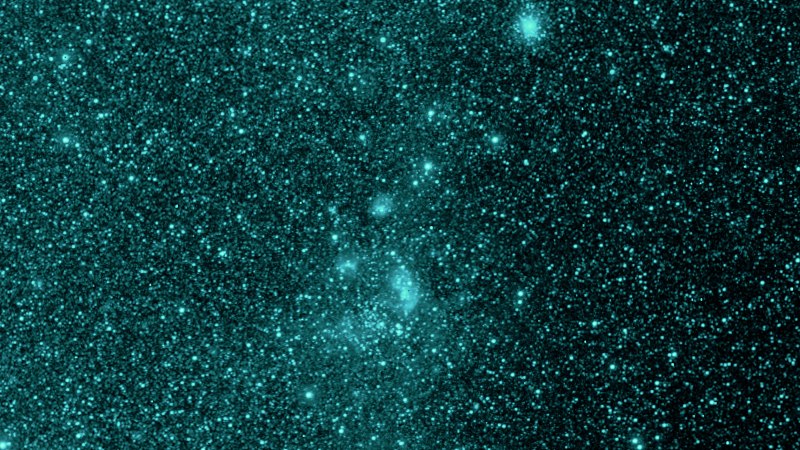NASA has announced that its SPHEREx space observatory has officially begun science operations, marking a major step toward uncovering new insights into the origins of the universe, the evolution of galaxies, and the building blocks of life in the Milky Way.
SPHEREx will take approximately 3,600 images per day over the next two years as it systematically surveys the entire sky.
Following its March 11 launch, SPHEREx completed a six-week phase of checkouts and calibrations. On May 1, it began operations aimed at capturing high-resolution data on hundreds of millions of galaxies.
The two-year mission will help scientists answer fundamental questions about the origins of the universe and the building blocks of life.
“Thanks to the hard work of teams across NASA, industry, and academia that built this mission, SPHEREx is operating just as we’d expected and will produce maps of the full sky unlike any we’ve had before,” said Shawn Domagal-Goldman, acting director of NASA’s Astrophysics Division.
“Together with NASA’s other missions, SPHEREx will play a key role in answering the big questions about the universe we tackle at NASA every day,” he added.
The observatory will complete more than 11,000 orbits over its 25 months of planned survey operations, circling Earth about 14-and-a-half times a day, according to NASA.
Each day, it scans one circular band of sky, and after six months, it will have observed the entire celestial sphere. The spacecraft does not use thrusters for maneuvering but relies on reaction wheels to shift its orientation between exposures.
SPHEREx captures light using six detectors that split the incoming light into different infrared wavelengths. Each exposure includes six images, and the observatory collects about 600 exposures daily. These will be digitally stitched into four full-sky maps by mission end.
ALSO READ: Soyuz spacecraft brings NASA, Russia astronauts back to earth from space station
“We’re going to study what happened on the smallest size scales in the universe’s earliest moments by looking at the modern universe on the largest scales,” said Jim Fanson, SPHEREx project manager at NASA’s Jet Propulsion Laboratory.















